Not so picky --- Picea abies (L.) H.Karst.
Hier ein Foto der wohl meistfotografierten Fichte im Harzgebirge, die man findet, wenn man den Wanderweg zur s.g. Rabenklippe auf sich nimmt. Fichten wurden in den letzten Jahrhunderten massenhaft im Harz angebaut, da sie besonders schnell wuchsen und eine gute Holzqualität aufwiesen. Tatsächlich sind Fichten aber vor allem Extremstandortbewohner. Gerade Felsenböden oder immerfeuchte Sumpfflächen werden von dieser Baumart bewohnt. Der wohl größte Feind der Fichte ist inzwischen auch schon oft genug Thema in den Nachrichten: Der Borkenkäfer (Ips typographus). Durch aktuelle Trockenheit und Stürme aber auch wegen der Monokultur, die im Harz vorherrscht, konnte sich dieser in den letzten Jahrzehnten extrem vermehren und führte dabei zu den Wald-„Narben“, die wir heute in der Bewaldung beispielsweise des Brockens sehen. Ein gutes Mittel gibt es gegen den Käfer leider nicht, außer später andere Baume oder Mischwälder anzupflanzen. Ich finde diese Bäume eh viel schöner, wenn sie an schroffen Orten wachsen und dabei so verdreht und urig aussehen, wie dieser Vertreter hier.
-------------------------------------------------
Here a picture of one of the most photographed spruce tree at the Harz mountains in Germany. You’ll find this little tree if you hike to a secluded place named “Rabenklippe”, which means “crow cliff” in German. Spruces were massively cultivated in Germany during the industrialization in the last centuries. Their natural habitat however is way rougher compared to the gentle hills in the Harz. Normally, they inhabit rocks, cliffs and swamp areas like the cliff in this picture for example. The biggest enemy of the spruce is also pretty famous: the bark beetle (Ips typographus). Especially after the recent droughts, frequent storms and due to the monoculture, this beetle was able to multiply rapidly and destroy decent proportions of these forests. This leaded to the typical “scars” of dead forest parts that we see a lot in recent pictures of the Harz mountains. Unfortunately, a good way to fight against this problem doesn’t exist yet and might never do. The best way to overcome this problem might be to let this happen and regrow a mixed forest of other trees. After all, I think that spruces look a lot better growing in their natural habitats, so twisted and quaintly like this one here.
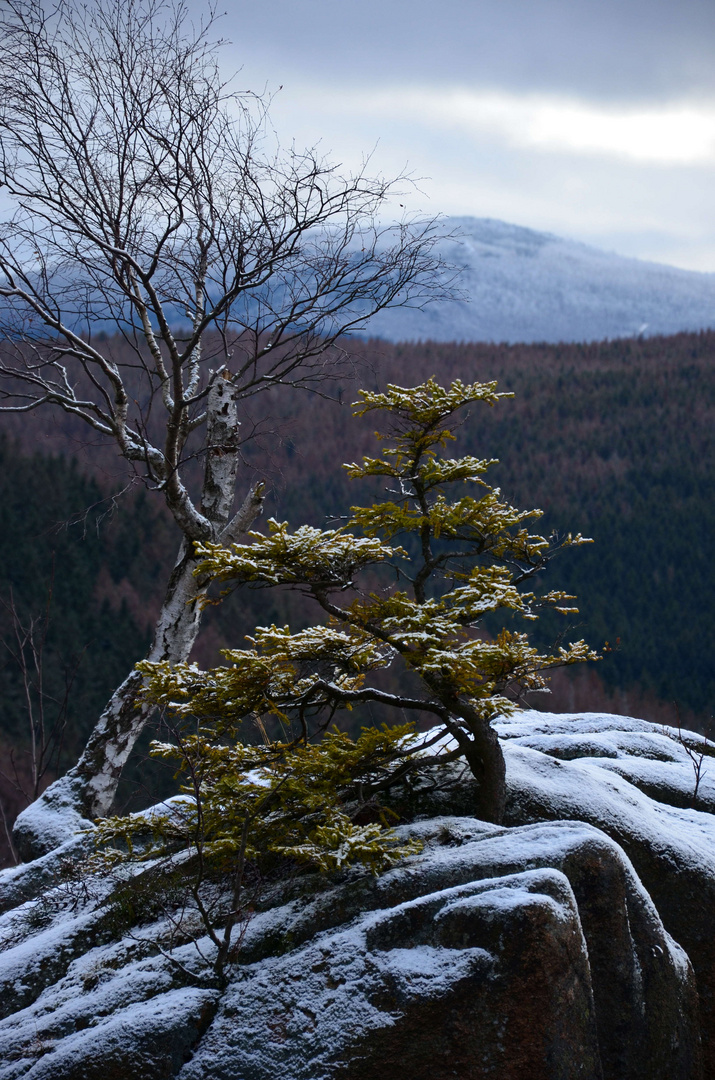


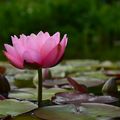






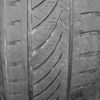
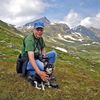







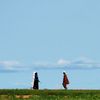

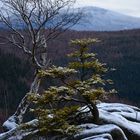
Alexida 29/01/2020 8:32
.. eine schöne Aufnahme..und auch ein interessanter Text begleitet das Foto..LG Nadja
Roman Dullek 18/01/2020 11:59
Sehr schöne Naturaufnahme und eine interessante Info. LG RomanMathias Horwath 15/01/2020 0:09
Tolles Foto! Besonders dankbar und interessiert habe ich deine ausführliche Beschreibung dazu gelesen.